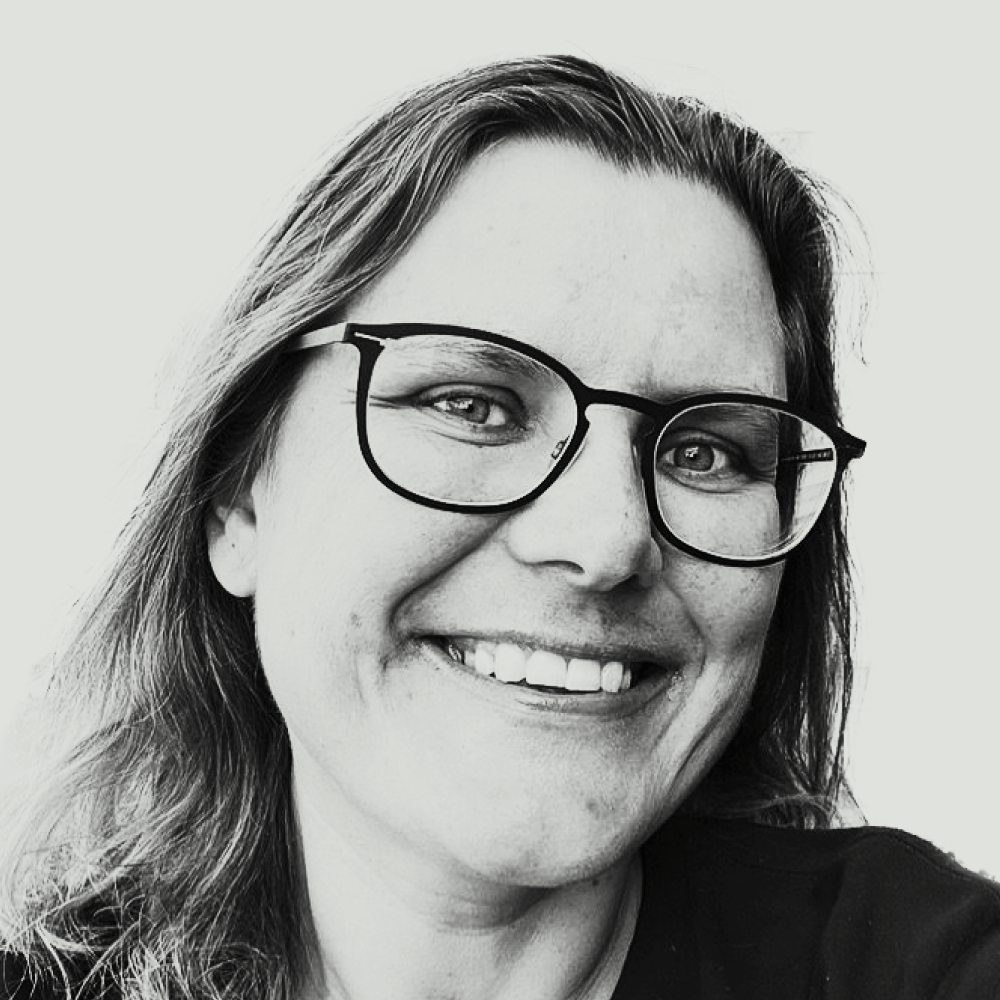For every stage of the 2023 Tour de France – men’s and women’s – José Been is bringing you stories about the history, castles, geology, culture, food, and people around the race. A bit of couleur locale while you enjoy lush fields of sunflowers, beautiful mountains, and pretty little villages, oh, and the bike race too.
Today the Tour de France Femmes avec Zwift started in Clermont-Ferrand and that is also the start place for today’s second stage. If you were already following along with these blogs and podcast entries during the Tour de France Hommes, you might remember me saying something about the volcanic cathedral that literally towers over the city. What I remember from visiting is that I found it mostly black and dirty. Like the situation onsite 10,000 years ago.
The lava from which the cathedral’s building blocks originated was released during one of the most recent eruptions 10,000 years ago. That eruption had a very high gas content, meaning water, carbon dioxide and sulfur dioxide. The eruption was highly explosive. A small part of the gas was trapped in the lava, creating the vacuoles that make the building blocks both light and strong.
The major part of the eruption was released into the atmosphere in a dense cloud, together with aerosol particles, droplets and ash. Maybe you remember the Icelandic volcanic eruption in 2010? That eruption disrupted that air travel throughout the world for several days. This is the same type of volcano, a stratovolcano.
Our finish town is in the department of Cantal, a place that also gives its name to a type of cheese. Cantal is one of the oldest cheeses of France. Even in Roman times author Pliny the Elder – who, coincidentally, died in the eruption of another volcano, Pompeii – referenced this cheese in one of his chronicles. You might remember Henri de Senneterre who brought the Saint Nectaire to the French courts of the Sun King. Well, he brought the Cantal as well for the King’s cheese platter.
Cantal is one of the 44 cheese of France which has an Appellation d’Origine Contrôlée (AOC), meaning only cheese from a predetermined region can be called Cantal. It received this all the way back in 1956. The cheese is produced and named after the Monts de Cantal where the cows graze on the higher pastures from May to October. The cows called Salers have a high production of milk so the cheeses are rather big.
Cantal comes in various sizes because they use different molds for the raw cow’s milk. The big ones are between 35 and 45 kg and the small ones around 10 kg. The difference in weight in the big one has to do with age. Young cheeses contain more moisture than the older ones. It’s a cheese that can be kept for months or even years and therefore was also interesting for trade. Historic sources mention that a lot of Cantal was transported to Provence, in the south of France.
The cheese comes in three varieties, following the time it had to ripen which, according to the AOC, can only happen in certain areas as well. Yes, the French are serious about their cheese. You have the Cantal Jeune, a young one of only one to two months. There is the Cantal Entre-Deux of between three and seven months, and the Cantal Vieux which is older than eight months. Nowadays Cantal is also mass produced in factories using pasteurized milk but if you want the real stuff, look out for Cantal Fermier.
What did you think of this story?

